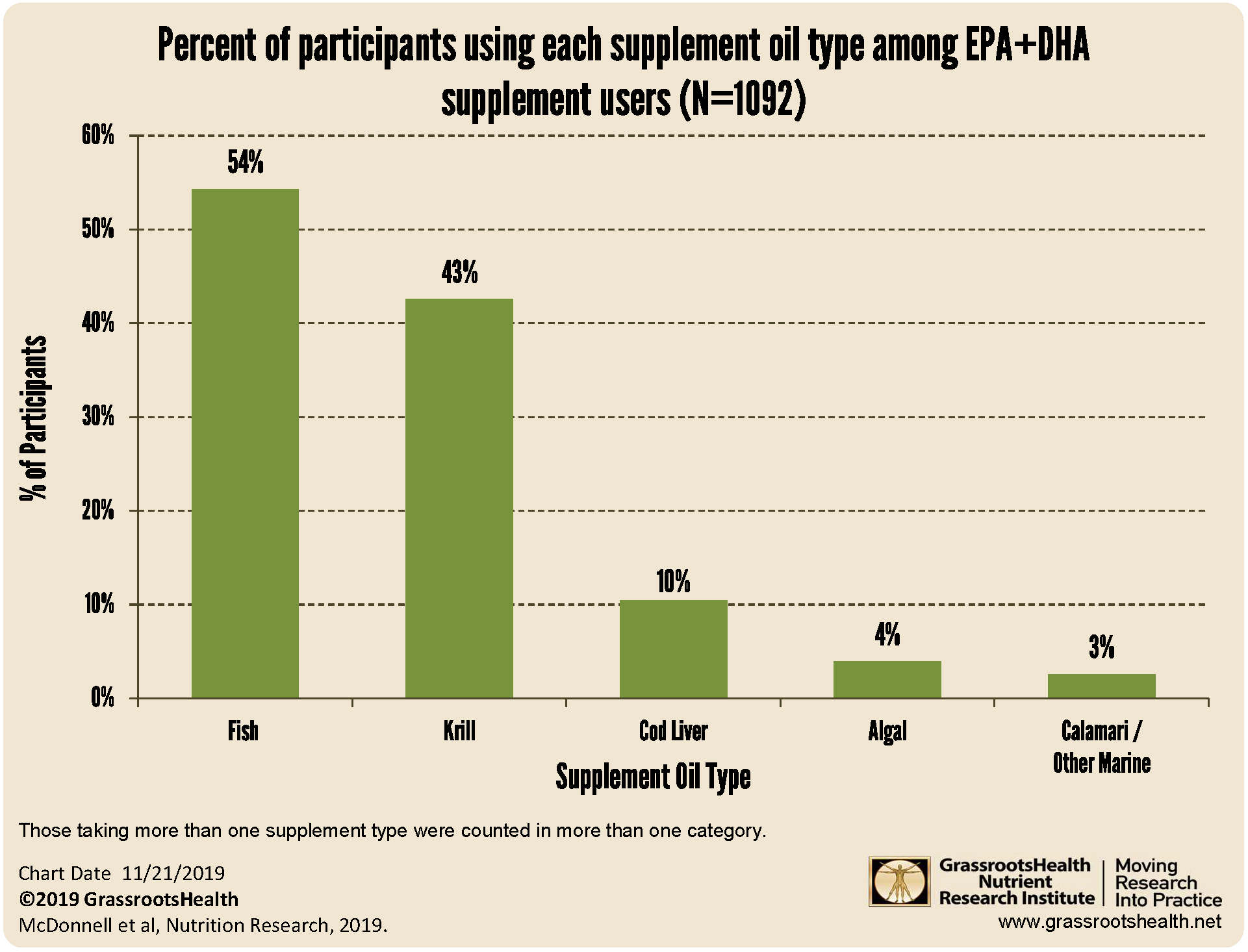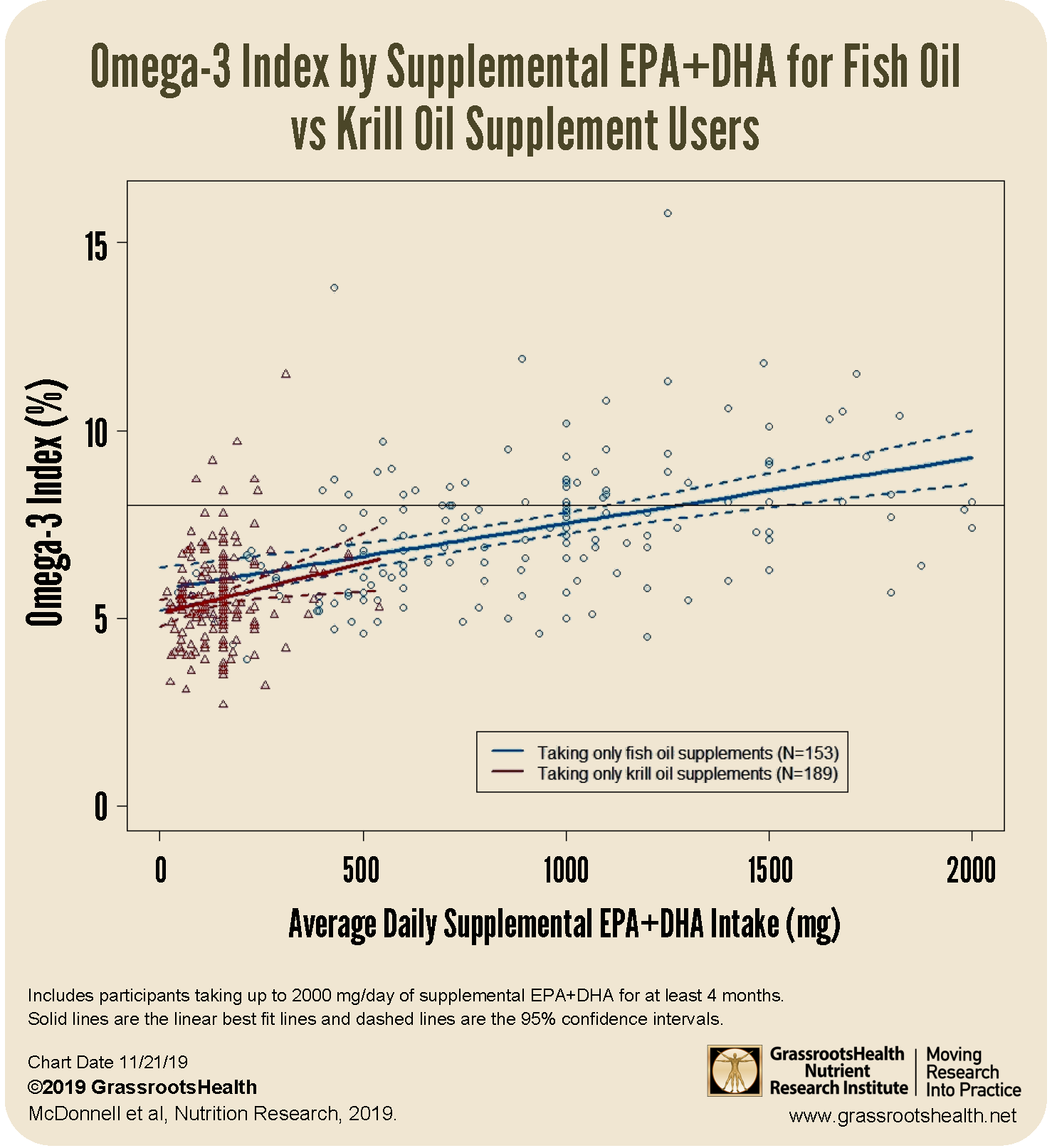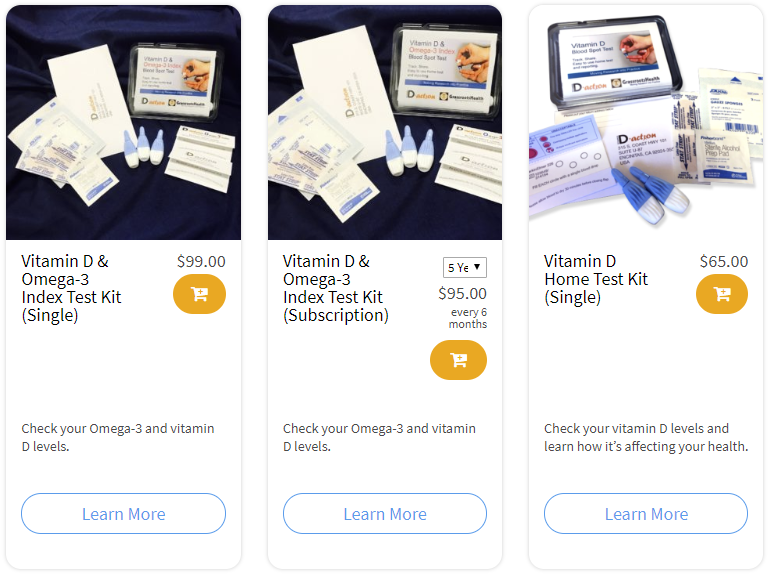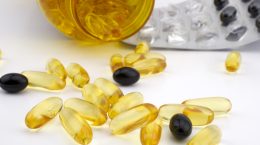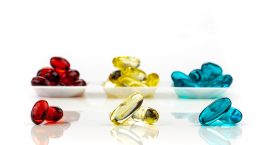Published on November 27, 2019
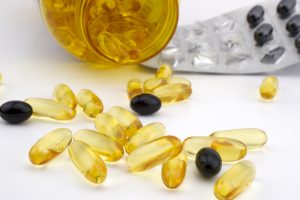 In previous blog posts we shared key findings #1 and #2 from our recently published analysis using YOUR omega-3 data. Key finding #1 was that neither following the American Heart Association guidelines of consuming 1-2 seafood meals per week (without additional supplementation of EPA+DHA), nor taking an omega-3 supplement with insufficient EPA+DHA is likely to produce an Omega-3 Index that is optimal for health (8% or higher). Key finding #2 was that ~1,300 mg per day of EPA+DHA was needed for 50% of the population to achieve and Omega-3 Index of 8% (~1,900 mg per day was needed for 90% of the population to reach 8%).
In previous blog posts we shared key findings #1 and #2 from our recently published analysis using YOUR omega-3 data. Key finding #1 was that neither following the American Heart Association guidelines of consuming 1-2 seafood meals per week (without additional supplementation of EPA+DHA), nor taking an omega-3 supplement with insufficient EPA+DHA is likely to produce an Omega-3 Index that is optimal for health (8% or higher). Key finding #2 was that ~1,300 mg per day of EPA+DHA was needed for 50% of the population to achieve and Omega-3 Index of 8% (~1,900 mg per day was needed for 90% of the population to reach 8%).
In today’s blog we will explore what types of EPA+DHA supplement products GrassrootsHealth participants use and whether we found a difference in dose response between oil types.
Key Finding #3:
This study found that 61% of GrassrootsHealth participants took a supplement with EPA+DHA (marine/algal oil). The chart below shows the percent of participants taking each EPA+DHA supplemental oil type. The most commonly used oil types were fish oil (54%) and krill oil (43%).
Some studies have found that krill oil may be ~1.4-1.7 times more bioavailable than fish oil so we wanted to investigate if there was a difference in dose response between these oil types among GrassrootsHealth participants. The chart below shows the daily amount of EPA+DHA intake from supplements by Omega-3 Index for GrassrootsHealth participants taking only fish oil supplements and those taking only krill oil supplements. For 50% of the population to achieve an Omega-3 Index of 8%, 1240 mg per day of EPA+DHA from fish oil was needed. The data for krill oil supplement users only reached to 540 mg of EPA+DHA (the highest amount taken), which corresponded to an Omega-3 Index of 6.6%. Due to the lack of overlap in EPA+DHA amount between the krill oil and fish oil supplements, we were not able to determine if a difference in dose response existed.
Among those who had been taking their supplement(s) for at least 4 months, we found that 43% of fish oil supplement users achieved an Omega-3 Index of 8.0% or higher whereas only 4% of krill oil supplement users did. Why is that? In general, the EPA+DHA amount per serving in krill oil supplements is much less than in fish oil supplements (~80% less on average). Among supplements used by GrassrootsHealth participants, the average EPA+DHA in fish oil supplements was 840 mg whereas the average in krill oil supplements was 182 mg. So while krill oil may be more efficient at raising omega-3 status than fish oil, the difference in the typical dose of EPA+DHA is more than could be made up for by the difference in bioavailability.
In the next blog in this series we will take a look at how to identify how much EPA and DHA an omega-3 supplement has and how to be sure you are taking the full serving size.
Are you getting enough omega-3 fatty acids?
Is your dietary and supplemental intake of omega-3s enough to ensure an Omega-3 Index of at least 8%? Make sure you also know your vitamin D level (with a target of 40-60 ng/ml or 100-150 nmol/L). Find out your levels today! Log on to the shop (click the link below) to get your tests and see for yourself if your level can be improved.
Make sure you track your results before and after, about every 6 months!
How can I track my nutrient intake and levels over time?
To help you track your supplement use and nutrient levels, GrassrootsHealth has created an online tracking system called myData-myAnswers. For each specific supplement, you can track what days you take it, how much, and many other details. This will help you know your true supplemental intake and what patterns of use work for you to reach and maintain optimum nutrient levels. Check it out today!


